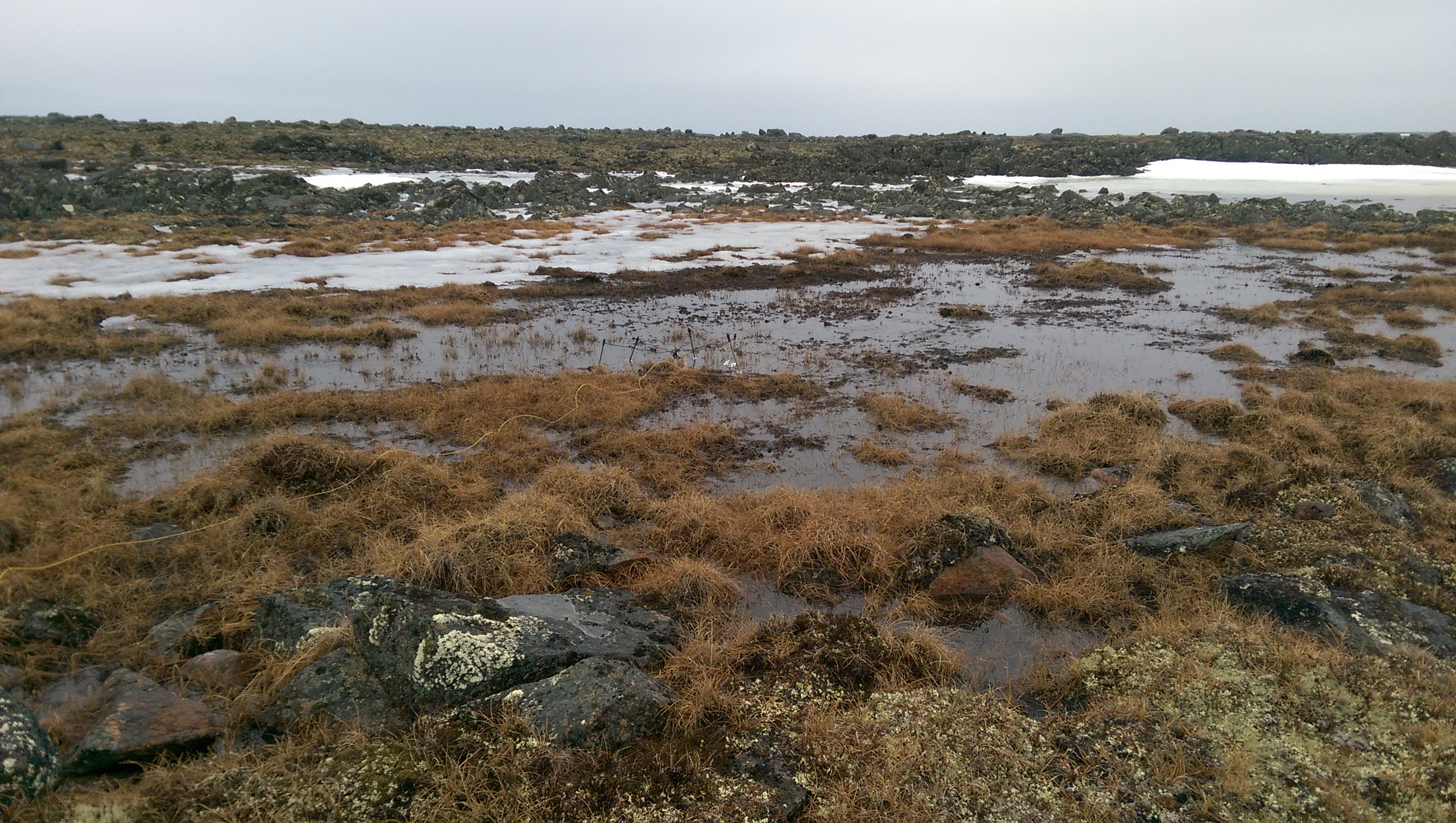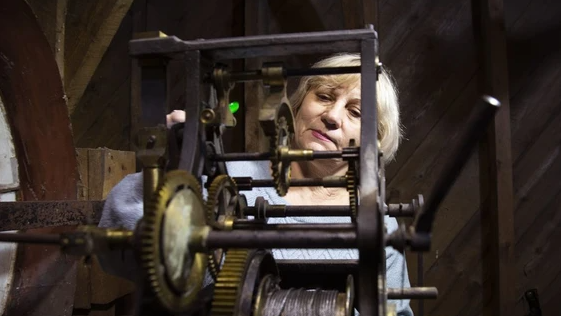

Solar sailing doesn’t require fuel, and can be truly solar powered. The IKAROS probe is a great example of this, and it was launched quite a while ago already. My favourite part of this probe was the liquid crystal panels that could change brightness and darkness electrically in order to steer by creating a differential absorption/reflection of sunlight. Clever stuff. It’s basically a steerable continuous thrust system that tacks against sunlight.
There’s also some untested methods that could potentially work here, like eletric tethers in the sun’s magnetic field – this stuff: https://en.wikipedia.org/wiki/Electrodynamic_tether – although I’m not aware of anyone that has done this calculation in the context of sunshields. And further outside the box, magnetic sails: https://en.wikipedia.org/wiki/Magnetic_sail or even this craziness https://en.wikipedia.org/wiki/Bussard_ramjet#Dyson_swarm-based_stellar_engine_(Caplan_thruster)
Probably you’d still want some RCS thrusters for faster reaction times in a pinch. And reaction wheels are “free” in terms of fuel, so there is likely some upper bound to lifetime. But not as bad as normal spacecraft.
Long short: RCS thrusters are probably still useful, but may not necessarily need to be the primary means of station keeping.










You’re absolutely right, assuming the craft is on the L1 saddle point. The craft can, however, sit slightly sunward of the saddle point in a halo orbit. It wants to fall towards the sun (and enter a solar orbit) due to being on that side of L1, but you set it in the position it needs to be to balance the force of sunlight. There will be quasi-stable points in a halo orbits around the sun-facing side of L1 which could sustain a whole lot of these buggers.
KSP is great, but it only does two body physics (unless you’re using the Principia mod – never tried it). So you cannot simulate things like lagrange points there. The patched conics are a great first order teaching tool though, and KSP is great for that!